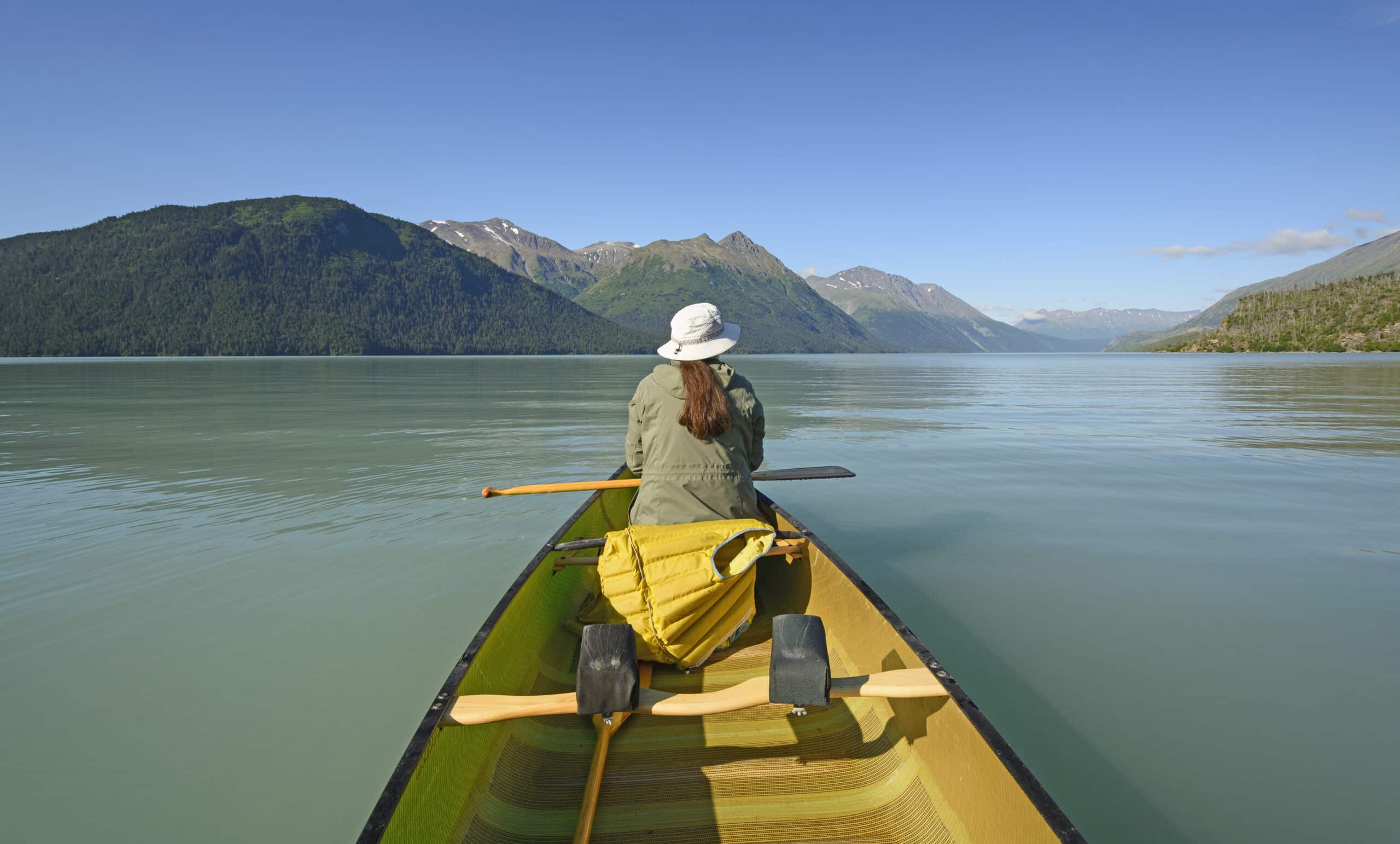In today’s fast-paced world, it’s easy to argue that access to quality healthcare is a fundamental right that should be available to all individuals. However, many communities face significant barriers to accessing primary healthcare services – services that can have a profound impact on their overall health and well-being. These barriers can include geographic location, economic constraints, lack of transportation, cultural and language barriers, and limited availability of healthcare providers among many others.
Here, we’ll explore the barriers to primary healthcare and how Cama’i Community Health Center is making a difference in improving access to care for underserved communities.
Are you tired of barriers preventing access to primary healthcare? Reach out to Cama’i Community Health Center today and see how we’re making a difference in the community.
The Importance of Healthcare in Remote Alaska
Historically – and currently – the state of healthcare and access to vital services in remote communities of Alaska pales in comparison to what is offered in the lower 48 and in larger Alaskan communities. Further, according to the Alaska Native Tribal Health Consortium, Alaska Native people experience higher rates of chronic disease and injury compared to the general population. And some of the most common health issues include:
- Diabetes
- Obesity
- Heart disease
- Substance abuse
- COVID-19
Alaska’s population is also largely concentrated in urban areas, leaving many remote areas underserved when it comes to healthcare. Yet, Alaska is home to over 200 remote villages, many of which lack adequate medical facilities and staff.
In addition, check out a few statistics concerning the state of healthcare in remote areas of Alaska:
- According to the Alaska Department of Health and Social Services, there is a shortage of healthcare professionals in the state, particularly in rural and remote areas. The state has one of the lowest physician-to-patient ratios in the country, with only 95 primary care physicians per 100,000 people in 2021.
- The cost of healthcare in Alaska is among the highest in the country. This is partly due to the high cost of living and the difficulty of transporting medical equipment and supplies to remote areas
- Telemedicine is becoming increasingly important in remote Alaska as it allows patients to connect with healthcare providers even when they are hundreds of miles away. However, access to reliable internet and other technological resources remains a challenge for many communities
- Alaska has a unique healthcare system that includes tribal health organizations, the Indian Health Service, and state-run facilities. These organizations work together to provide care to Alaska Native people, but there are still gaps in coverage and access to care in many remote areas
Barriers Due to Geographic Location

One of the significant barriers to accessing primary healthcare is geographic location. As such, many rural and remote communities, particularly in Alaska and other remote parts of the United States, face challenges in accessing healthcare due to their isolated locations. These communities may be located far away from urban areas where healthcare facilities are concentrated, making it difficult for residents to access primary healthcare services.
At Cama’i Community Health Center, we recognize this challenge and have taken proactive steps to address it. Our healthcare center serves as the primary healthcare provider for many of the residents of the Bristol Bay Borough and surrounding villages.
For the sake of the community, we have established a comprehensive healthcare facility that provides a range of services, including medical, dietary, emergency, and behavioral health services, all under one roof. This integrated approach to healthcare allows residents to access a wide range of services conveniently, without having to travel long distances to access specialized care.
Economic Barriers in Remote Alaska
Economic constraints, such as lack of insurance coverage or inability to afford healthcare services, can be significant barriers to accessing primary healthcare. Many individuals, particularly those in low-income communities, may struggle to afford the cost of healthcare services, including routine check-ups, screenings, and medications. This can result in delayed or inadequate care, which can have serious consequences for long-term health.
At Cama’i Community Health Center, we address this barrier by offering affordable and sliding-scale fee options for patients based on income and ability to pay. We also accept various insurance plans and help patients enroll in insurance programs for those who are eligible. This ensures that individuals in underserved communities have access to quality healthcare services regardless of their economic status.
Barriers Due to Lack of Transportation
Lack of transportation can also pose a significant barrier to accessing primary healthcare, particularly in remote and rural communities. Limited availability of public transportation or the high cost of fuel and transportation can prevent individuals from reaching healthcare facilities for their healthcare needs. And for those living in rural Alaskan communities, if there is no healthcare facility in your village, it’s likely you would need to take a plane or boat to access vital health services.
Cama’i Community Health Center is centrally located in the Bristol Bay Borough. This enables us to serve the Bristol Bay area and reduces the need for locals to travel many miles just for a routine health checkup. In fact, neighboring villages are also welcome, as we hope to offer healthcare to those who need it when they need it. Thus, making sure that residents of area villages can access primary healthcare services – including medical and behavioral health services — without having to travel long distances.
Cultural and Language Barriers
Cultural and language barriers can also hinder individuals from seeking primary healthcare. And many of our communities have unique cultural practices, beliefs, and languages that may not be fully understood or accommodated by mainstream healthcare facilities. This can lead to a lack of trust in the healthcare system and reluctance to seek care.
We recognize the importance of cultural competency in healthcare and have taken steps to address issues with cultural differences. With a team of healthcare providers who are familiar with the local culture and language, we can ensure that patients feel understood, respected, and comfortable when seeking healthcare services – working to bridge the culture and language gaps that exist in most healthcare systems. In fact, we offer translation services in up to 40 different languages!
Bridging the Gap by Offering Primary Healthcare in Rural Alaskan Communities
As mentioned, a significant barrier to accessing primary healthcare is the limited availability of healthcare providers, particularly in remote and underserved communities. At Cama’i Community Health Center, we’re working to provide healthcare to those who need it most in our surrounding community, as we know just how important it is for all residents to have access to these services.
Here at Cama’i Community Health Center, we provide a wide range of medical and wellness services to help our local residents in Naknek, King Salmon, South Naknek, and surrounding areas keep up to date on all their health needs. And with local access to experienced medical professionals and comprehensive services in one central location, you and your family can get the care you need to stay healthy and well.
We’re here to support our community in every way. And this is why we’re working to break down the barriers that have kept access to affordable and reliable healthcare restricted in our remote region for far too long.
Are you ready to have access to primary healthcare in remote Alaska? Contact Cama’i Community Health Center today and schedule an appointment.


